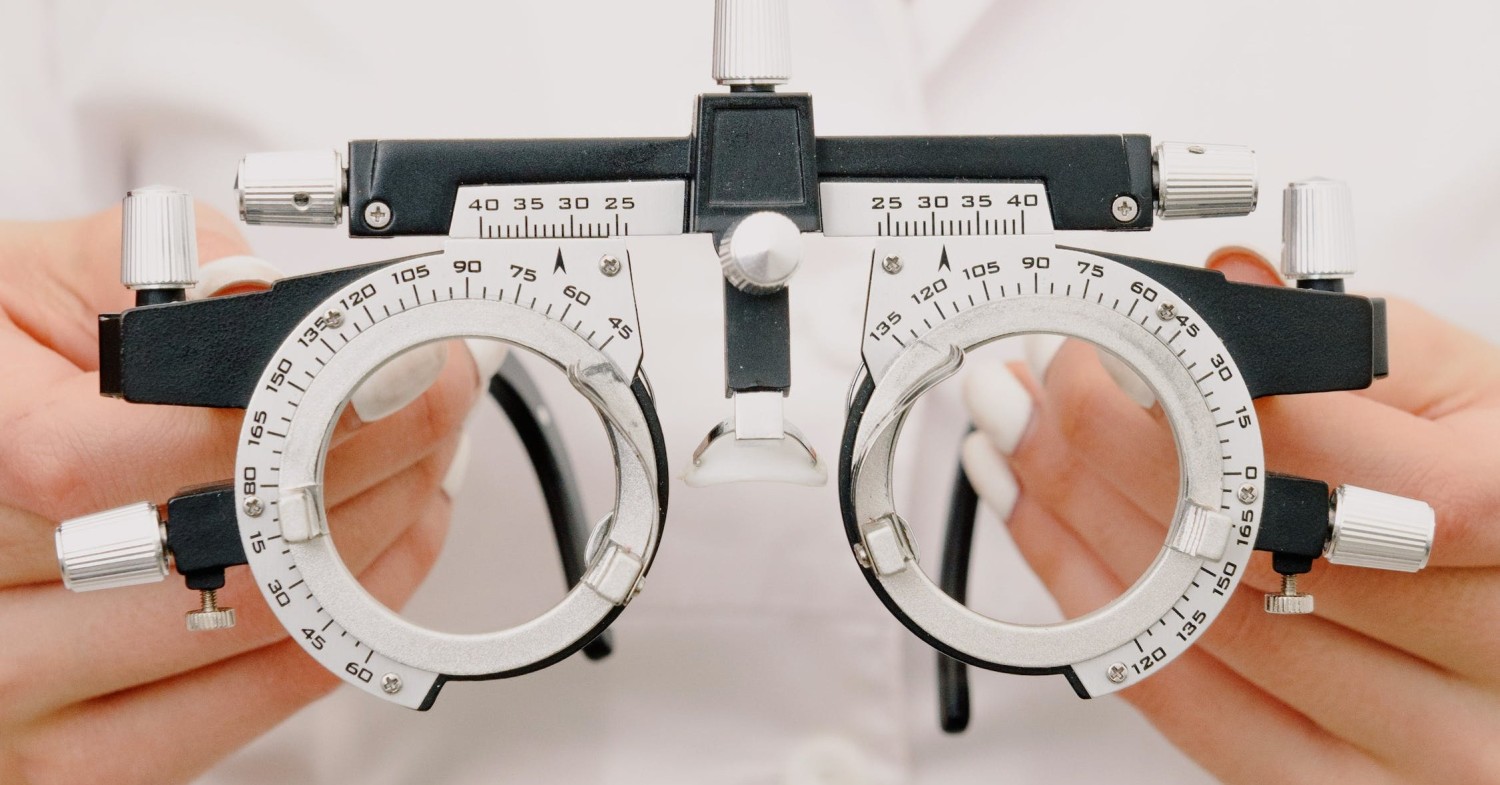
How Much Does a Doctor of Occupational Therapy Make?
In the occupational therapy field, a doctorate can open doors [...]
Occupational therapists help people functionally succeed in their environments.
Although we tend to use the term “occupation” as a synonym for “job” or “career,” OTs conceive of “occupation” in the sense of an everyday activity or action — that is, how you occupy yourself.
OTs utilize everyday activities as therapeutic tools to enhance the skills and fine motor control of their clients, and thereby increase their clients’ independence. For example, if someone has trouble tying her shoes, an occupational therapist might find similar common fine motor tasks that involve this activity — perhaps tying a bow on a package or a piece of clothing — to help that student progress toward independently tying her shoes. Likewise, OTs might provide someone with adaptive equipment, such as a pencil grip to aid writing or an augmentative and alternative communication{: target=”_blank” } (AAC) device to facilitate communication.
OTs must hold an associate’s, bachelor’s, master’s, or doctoral degree in occupational therapy from an institution accredited by the American Occupational Therapy Association (AOTA). They must also sit for an intensive, comprehensive exam administered by the National Board for Certification in Occupational Therapy (NBCOT). Moreover, recently-certified OTs must spend a six-month training period working under the supervision of an experienced licensed occupational therapist.
Because of a present shortage of qualified OTs, states also allow Occupational Therapy Assistants (OT-As), who must hold an associate’s degree from an AOTA-accredited Occupational Therapy Assistant Program, to provide certain services under the supervision of a licensed OT.
_Follow this link to discover which colleges offer occupational therapy programs._
OTs who have national certification can add “OTR” to their signatures (the “R” stands for “registered nationally”). Those who also possess a state license can add an “L” (for “license”) so you’ll often see OTR/L following their signatures. OTs who only have a state license can add OT/L after their signature. The process of obtaining national registration and state licensure both demonstrate that a professional has received a formal education in occupational therapy; has the requisite number of hours of work experience; and has passed a national exam of best practices in occupational therapy. OTs maintain their licensure by attending professional development courses on a regular basis so that they stay abreast of current evidence-based approaches in the field.
Occupational Therapists are trained to work with children or adults on a range of skills, including the following:
They work with individuals who may have an autism spectrum disorder, motoric difficulties (such as cerebral palsy or dyspraxia), or ADHD, among other things.
In schools, occupational therapists collaborate with other professionals and teachers to help children succeed in the classroom. If a student has an Individualized Education Plan (IEP), she may be entitled to individual or group support from an OT either in or outside of the classroom.
OTs may also fulfill any portion of the IEP that relates to adaptive equipment (e.g., AAC devices, special seating arrangements, and so on). Children who have IEPs and attend schools without an on-staff OT will typically receive free occupational therapy at a clinic or other school through a mechanism known as a “Related Service Authorization,” or RSA. RSAs are district mandates that enable children to receive disability supports at other schools or in the community free of charge. (The New York City form is an example of a RSA.)
Families also have the option of paying out-of-pocket to work with an OT privately. Some health insurance plans cover occupational therapy, although there may be limits on the number of sessions or the types of disorders included. It’s important to note that many occupational therapy programs focus on working with adults, and while there may be commonalities between adults and children, the needs of children differ in significant ways. For this reason, choosing a professional with training and experience in pediatrics will provide greater benefits to your child.
When you meet your child’s OT, you’ll want to be prepared with questions to help you better understand the supports your child will get. Here are four important sets of questions to ask your child’s OT:
Your child may also work with other specialists in addition to an OT. Find out more about the other members of your child’s support team by reading these comprehensive articles:
Sources:
American Occupational Therapy Association. (2014). State OT Statutes and Regulations. Retrieved from AOTA.
American Occupational Therapy Association. Children and Youth. Retrieved from AOTA.
New York State Education Department, Office of the Professions. (2013, April 5). Occupational Therapy. Retrieved from NYSED.
Questions or feedback? Email editor@noodle.com

In the occupational therapy field, a doctorate can open doors [...]

Neuro-optometrists use neurology and optometry to understand vision and its [...]

Low-vision optometrists treat people with eye diseases that result in [...]

Occupational therapy originated as a mental health discipline. Today, mental [...]

The live video component of telehealth allows occupational therapy providers [...]
Categorized as: Occupational & Behavioral Therapy, Nursing & Healthcare